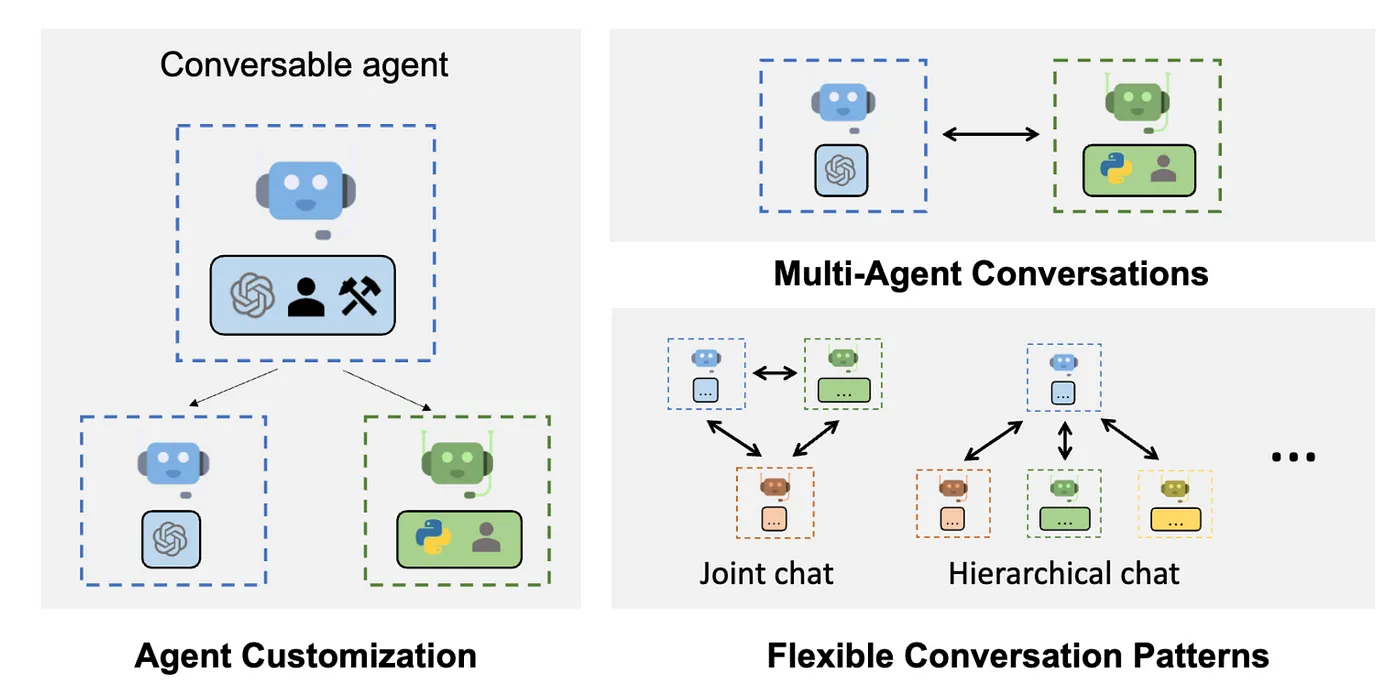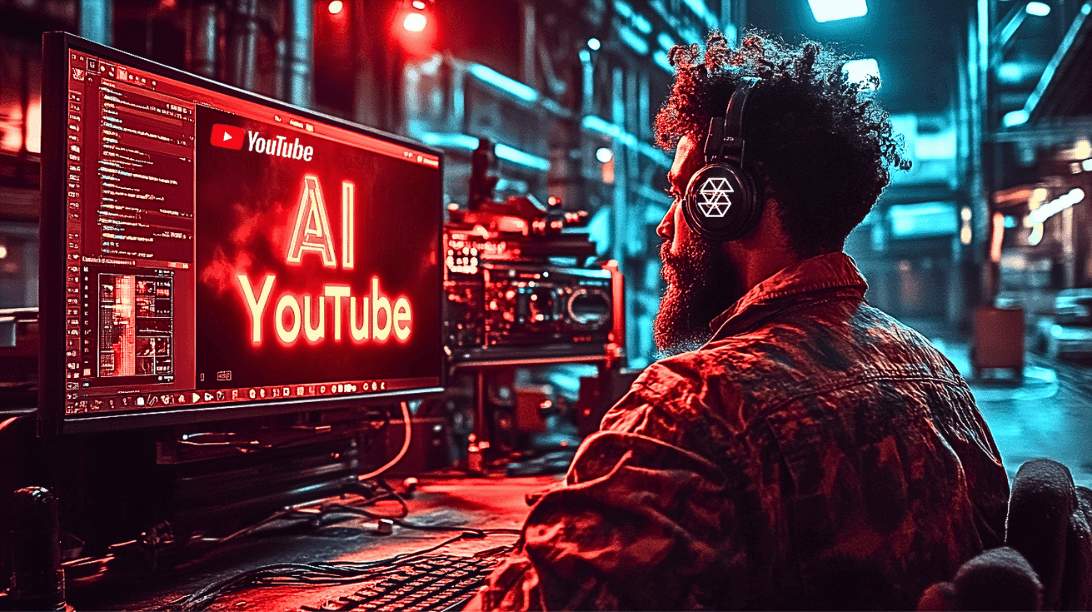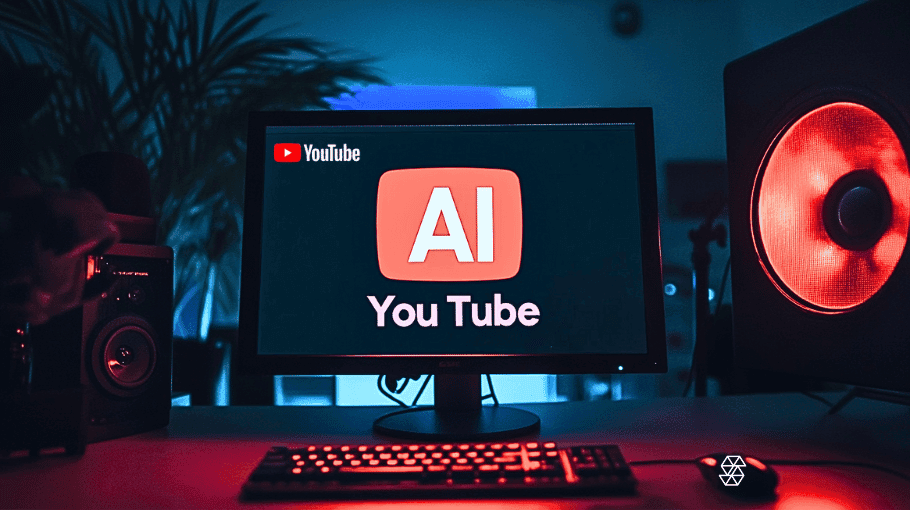How to choose between AutoGen vs crewAI for Creating AI Agents
The field of artificial intelligence has seen remarkable advancements in recent years, particularly in the development of AI agents. These intelligent entities are designed to perform tasks, make decisions, and interact with users or other systems autonomously. As the demand for more sophisticated AI solutions grows, frameworks that facilitate the creation of multiple agents working in concert have become increasingly important.
Two prominent players in this space are AutoGen and crewAI. Both platforms offer unique approaches to creating AI agents, but they cater to different user needs and have distinct features. AutoGen, an open-source framework from Microsoft, enables the development of LLM applications using multiple conversing agents. On the other hand, crewAI is a platform designed for orchestrating role-playing autonomous AI agents that collaborate to automate tasks.
Understanding AutoGen and crewAI
AutoGen: Microsoft’s open-source framework
AutoGen is a powerful, open-source framework that provides developers with the tools to build sophisticated multi-agent systems. It supports diverse conversation patterns with customizable and conversable agents that can integrate large language models (LLMs), tools, and human inputs. AutoGen’s flexibility allows for the creation of complex workflows and problem-solving scenarios, making it particularly attractive for developers and researchers looking to push the boundaries of AI agent capabilities.

crewAI: A platform for orchestrating AI agents
CrewAI takes a different approach, offering a more structured platform for creating and managing AI agents. It allows users to define agents with specific roles, goals, and backstories, facilitating a role-playing approach to task automation. CrewAI’s intuitive interface makes it easier for users to design agent interactions, assign tasks, and monitor the execution of these AI crews. Built on top of LangChain, crewAI leverages a rich ecosystem of tools and integrations, making it accessible to a broader audience, including business users who may not have deep technical expertise.

Key Features Comparison
Agent customization and flexibility
AutoGen excels in providing extensive customization options. As an open-source framework, it gives developers full control over agent definition, LLM integration, and conversation flows. This level of flexibility is ideal for creating highly specialized agents tailored to specific tasks or domains.
CrewAI, while offering less low-level customization, provides a user-friendly interface for designing agents with defined roles and goals. This approach simplifies the process of creating diverse agent teams capable of handling a wide range of tasks.
Code execution capabilities
One of AutoGen’s standout features is its containerized code execution capability. This allows agents to safely run LLM-generated code, which is crucial for tasks involving data analysis or complex computations. The framework also implements a feedback cycle, enabling agents to collaborate on finding solutions when issues arise.
CrewAI integrates with LangChain tools like Python REPL and Bearly Code Interpreter for executing LLM-generated code. While not as robust as AutoGen’s containerized approach, it still provides valuable code execution capabilities for many use cases.
Natural language processing integration
Both platforms leverage advanced natural language processing capabilities, but their approaches differ. AutoGen allows for deep integration with various LLMs, giving developers the flexibility to choose and fine-tune models that best fit their needs.
CrewAI, built on LangChain, provides a more streamlined approach to natural language processing. It offers out-of-the-box solutions for common NLP tasks, making it easier for users to implement language understanding and generation features without extensive technical knowledge.
User interface and accessibility
The user interface and accessibility of these platforms represent one of their most significant differences. AutoGen, being an open-source Python framework, requires a higher level of technical expertise. Developers interact with the framework primarily through code, which offers great flexibility but comes with a steeper learning curve.
CrewAI, on the other hand, provides a more intuitive and user-friendly interface. Its visual tools for agent creation, task assignment, and workflow management make it accessible to a broader audience, including business users and those with limited coding experience. This ease of use makes crewAI particularly suitable for rapid prototyping and implementation of AI agent systems in various business contexts.
Use Cases and Applications
Complex problem-solving with AutoGen
AutoGen shines in scenarios requiring sophisticated problem-solving capabilities. Its multi-agent framework excels at breaking down complex tasks into manageable components, each handled by specialized agents. For instance, in scientific research, one agent might focus on data analysis, another on hypothesis generation, and a third on experimental design. AutoGen’s code execution capabilities allow these agents to run simulations or process large datasets, making it ideal for fields like bioinformatics or climate modeling where complex computations are common.
Workflow automation with crewAI
CrewAI’s strength lies in its ability to streamline and automate business workflows. Its intuitive interface allows users to design AI agent crews that can handle diverse tasks across different departments. For example, in a marketing context, one agent might analyze market trends, another generate content ideas, and a third schedule social media posts. CrewAI’s user-friendly approach makes it easier for non-technical teams to implement AI-driven automation, enhancing workflow efficiency across various business processes.
Content creation and management
Both platforms offer unique advantages for content creation and management. AutoGen’s flexible architecture allows for the development of sophisticated content generation systems. It can handle long-form content creation by breaking down the process into research, outlining, writing, and editing phases, each managed by specialized agents.
CrewAI, with its focus on user accessibility, is particularly well-suited for diverse content creation needs. Its visual interface makes it easier to set up agents for tasks like generating social media posts, product descriptions, or email campaigns. The platform’s integration with various tools also facilitates content distribution and performance tracking.
Learning Curve and Technical Requirements
AutoGen has a steeper learning curve due to its developer-centric nature. It requires proficiency in Python and a good understanding of AI concepts and LLM architectures. Users need to be comfortable with coding to define agents, set up interactions, and integrate external tools. This technical depth allows for great flexibility and power but may be challenging for those without a strong programming background.
CrewAI takes a more accessible approach, offering a user-friendly interface that reduces the need for extensive coding. Its visual tools for agent creation and task assignment make it easier for users with limited technical expertise to get started. While some programming knowledge is still beneficial, especially for advanced customization, crewAI’s design philosophy prioritizes ease of use, making it more approachable for a wider audience.
Scalability and Performance
AutoGen’s scalability is enhanced by its ability to integrate with Azure OpenAI Service. This integration allows developers to leverage cloud resources for handling large-scale agent operations and complex LLM workflows. AutoGen’s open-source nature also means that it can be optimized and scaled according to specific project needs, making it suitable for everything from small experimental setups to large enterprise applications.
CrewAI offers production-ready features through its CrewAI+ offering. This includes capabilities like webhooks, gRPC support, and detailed metrics, which are crucial for deploying and managing AI agent systems at scale. The platform’s built-in tools for monitoring and optimizing agent performance make it easier to maintain efficiency as projects grow. While it may not offer the same level of low-level control as AutoGen, crewAI’s approach simplifies the process of scaling AI agent operations for businesses.
In both cases, the choice between AutoGen and crewAI for scalability and performance often comes down to user preferences and technical expertise. AutoGen offers more control and customization for those with the technical skills to leverage it, while crewAI provides a more streamlined path to production-scale deployments.
Choosing an AI Agent Platform
The choice between AutoGen and crewAI ultimately depends on your specific needs, technical expertise, and project requirements. AutoGen offers unparalleled flexibility and customization for developers and researchers who need fine-grained control over their multi-agent systems. Its code execution capabilities and integration with Azure make it ideal for complex, computation-heavy tasks.
On the other hand, crewAI provides a more accessible platform for businesses and users with limited technical backgrounds. Its user-friendly interface and focus on workflow automation make it an excellent choice for rapidly deploying AI agents in various business contexts. Both platforms are pushing the boundaries of AI agent development, offering powerful tools for creating sophisticated, collaborative AI systems. As the field of artificial intelligence continues to evolve, frameworks like AutoGen and crewAI will play crucial roles in shaping the future of intelligent automation and problem-solving.






